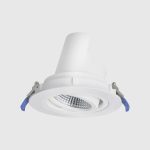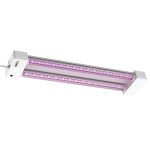SMD LED Lights: Understanding the Basics of this Compact Lighting Technology
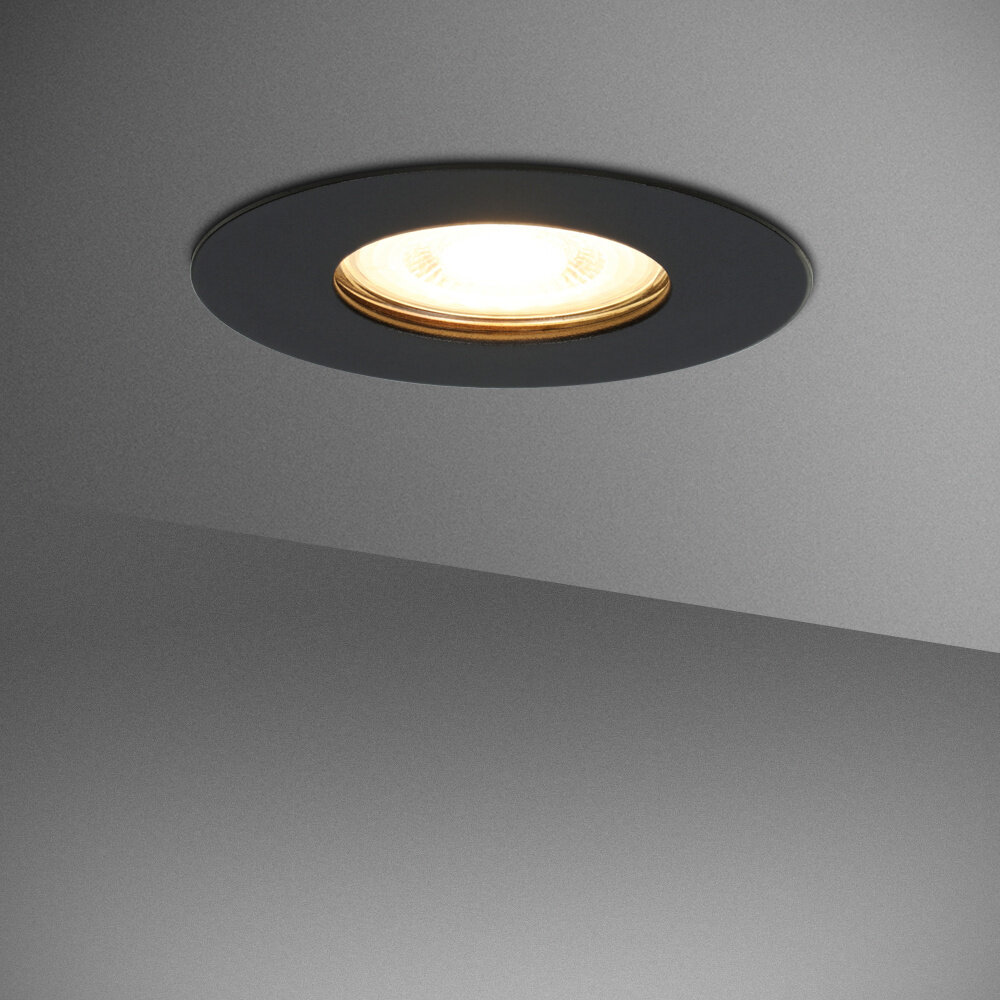
SMD LED lights are one of the most widely used lighting technologies in the modern world. They are compact, energy-efficient, and long-lasting, making them an ideal choice for a wide range of lighting applications. In recent years, SMD LED lights have become increasingly popular in both residential and commercial settings, and their popularity shows no signs of slowing down anytime soon. If you’re interested in learning more about this innovative lighting technology, then you’ve come to the right place. In this article, we’ll take a closer look at the basics of SMD LED lights, including how they work, their key advantages, and some of the different types of SMD LED lights that are available on the market today. At their core, SMD LED lights are based on a technology called surface-mount technology (SMT). This technology involves mounting electronic components directly onto the surface of a printed circuit board (PCB), rather than inserting them into holes in the board. SMD LED lights use this technology to create a compact, low-profile lighting solution that can be used for a wide variety of applications. SMD LED lights are typically much smaller than traditional LED lights, which makes them ideal for use in tight spaces or in applications where space is at a premium. Additionally, SMD LED lights are highly energy-efficient, which means that they can help you save money on your electricity bills while also reducing your carbon footprint.
SMD LED lights, also known as surface-mount LEDs, are a type of lighting technology that has become increasingly popular in recent years due to their compact size and energy efficiency. Unlike traditional LED lights, SMD LEDs do not require bulky circuit boards or metal reflectors, allowing them to be placed directly onto a surface. This makes them ideal for use in a wide range of applications, from backlighting for TVs and computer monitors to automotive lighting and outdoor signage. SMD LEDs are available in a variety of colors and brightness levels, and they are highly resistant to shock and vibration, making them a reliable choice for industrial and commercial applications. Overall, SMD LED lights offer a powerful and versatile lighting solution that is both energy-efficient and cost-effective.
Surface Mount Device (SMD) LED lights have revolutionized the lighting industry since their inception in the early 1960s. Initially, LEDs were expensive and had limited applications. However, with the advent of SMD LED technology in the late 1990s and early 2000s, the cost of LEDs decreased, and their applications expanded. SMD LEDs are smaller, more efficient, and have a longer lifespan than traditional LEDs. They are used in various applications, including automotive lighting, street lighting, interior lighting, and electronic displays. Furthermore, the technology’s flexibility and adaptability have made it possible to create innovative lighting solutions that were previously impossible with traditional lighting technologies. Today, SMD LED lights are widely used in the lighting industry and are expected to remain a dominant lighting technology in the years to come.
How do SMD LED Lights work?
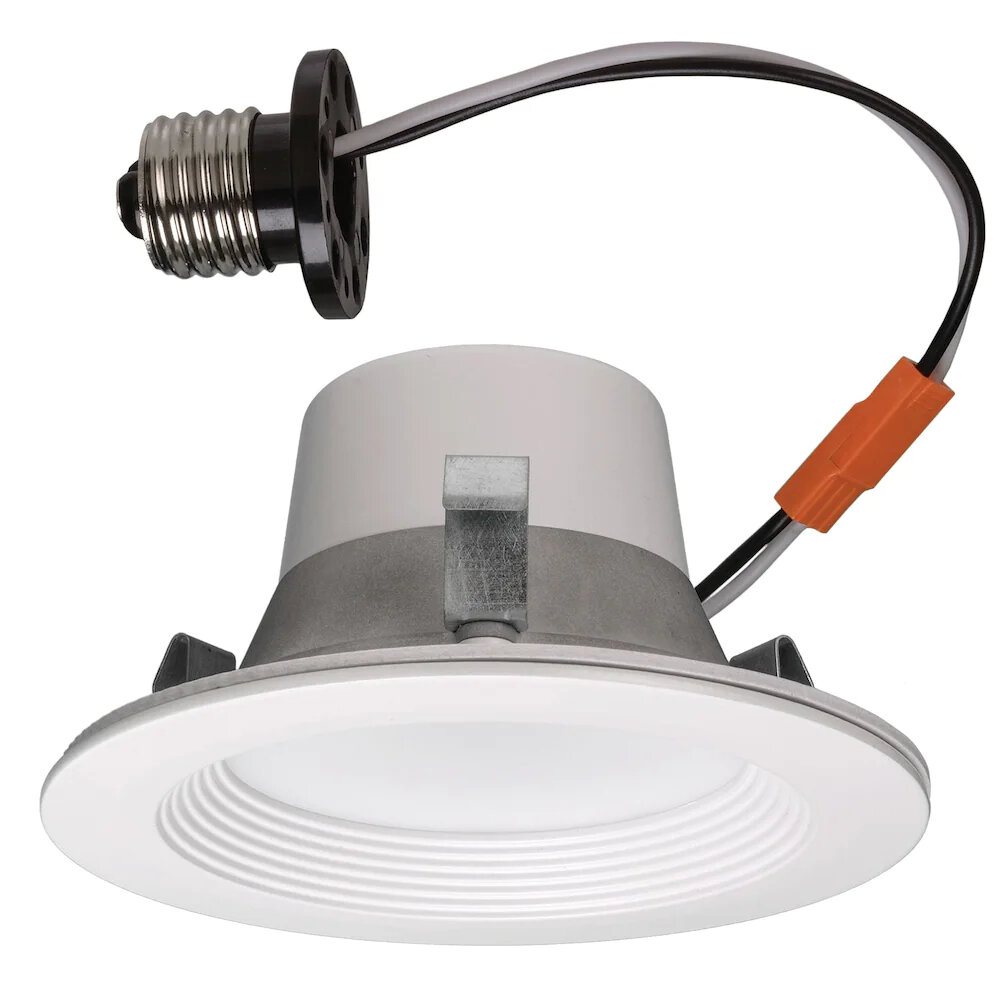
SMD LED lights, also known as Surface Mounted Device LED lights, are a type of LED lighting technology that is compact, efficient, and versatile. These lights work by using a small chip known as a semiconductor to generate light energy. The semiconductor is made up of layers of materials that have different electrical properties. When an electric current is passed through the semiconductor, the energy is absorbed by the electrons in the material. As the electrons move around in the semiconductor, they release energy in the form of photons, which are the particles that make up light. The SMD LED lights are designed to be mounted directly onto a circuit board, which makes them easy to install and use. Unlike traditional LED lights, SMD LED lights do not require a separate bulb or housing, which makes them much more compact and efficient. These lights are also available in a wide range of sizes and colors, which makes them ideal for a variety of applications. They are commonly used in electronic devices, automotive lighting, and as decorative lighting in homes and businesses. The SMD LED lights are an excellent choice for anyone looking for a high-quality, energy-efficient lighting solution that is both reliable and versatile.
Surface-mounted device (SMD) LED lights are a popular lighting technology due to their compact size and energy efficiency. The basic components of SMD LED lights include a semiconductor chip, a substrate, and a package. The semiconductor chip is the heart of the LED light and generates light when an electrical current passes through it. The substrate acts as a support structure for the chip and is usually made of ceramic or metal. The package is the outer shell that protects the chip and substrate, as well as helps to direct the light output. SMD LED lights come in a variety of sizes and shapes, and can be used in a range of applications, from automotive lighting to consumer electronics. Understanding the basic components of SMD LED lights is essential for anyone looking to work with or install these small but powerful lighting devices.
Surface Mount Device (SMD) LED lights are a type of LED light that is compact in size and has a unique working mechanism. These lights contain a semiconductor chip that is encapsulated in a small plastic enclosure. The enclosure is then attached to a circuit board, which allows the light to function. When an electric current passes through the semiconductor chip, it excites the electrons, causing them to emit photons of light. The small size of the SMD LED lights allows them to be used in a variety of applications, such as backlighting, automotive lighting, and general lighting. The efficiency and durability of these lights make them a popular choice for many lighting applications.
Benefits of SMD LED Lights
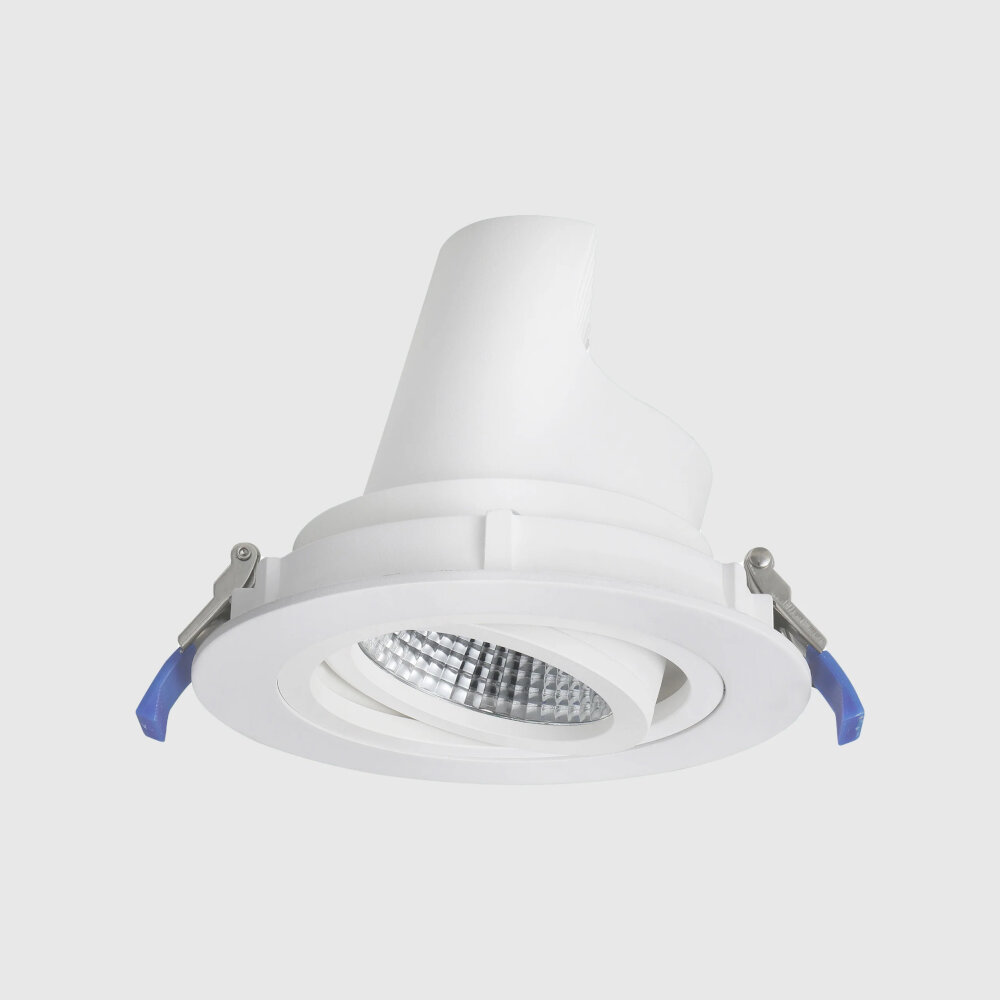
SMD LED lights, also known as surface-mounted device LED lights, have gained immense popularity in recent years. These compact lighting technologies have revolutionized the lighting industry with their many benefits. One of the key advantages of SMD LED lights is their energy efficiency. These lights consume significantly less energy than traditional lighting sources, such as incandescent bulbs, making them an excellent choice for both residential and commercial applications. SMD LED lights also have a much longer lifespan than traditional lighting sources, which means that they require less maintenance and replacement. This makes them an ideal choice for applications where lighting is required for extended periods, such as commercial buildings and streetlights. Another key benefit of SMD LED lights is their superior brightness and color rendering. These lights are capable of producing a high level of brightness that is comparable to traditional lighting sources, while also providing better color rendering. This means that colors appear more vibrant and true to life when illuminated by SMD LED lights. Additionally, SMD LED lights are available in a wide range of colors, making them an excellent choice for applications where color is important, such as stage lighting and advertising displays. Overall, the benefits of SMD LED lights make them an excellent choice for a wide range of lighting applications, from residential to commercial and industrial settings.
Energy efficiency and cost-effectiveness are two key factors that have made SMD LED lights increasingly popular. SMD LED lights consume much less energy than traditional lighting methods, making them an eco-friendly and sustainable option for lighting. Additionally, they are much more cost-effective in the long run due to their longer lifespan and reduced energy consumption. While the initial cost of SMD LED lights may be higher than traditional lighting, the savings in energy costs over time make them a better investment. In addition, SMD LED lights are compact and versatile, making them suitable for a wide range of applications. With their energy efficiency, cost-effectiveness, and versatility, SMD LED lights are a great choice for anyone looking to upgrade their lighting system.
When it comes to choosing lighting solutions, longevity and durability are important factors to consider, especially for industrial and commercial applications. SMD LED lights have gained popularity in recent years due to their exceptional performance in terms of longevity and durability. These lights are designed to last longer than traditional lighting solutions while providing energy-efficient lighting. They are built with high-quality materials that can withstand harsh environments, extreme temperatures, and vibrations, making them suitable for use in various settings. Additionally, SMD LED lights have a low rate of failure, and their solid-state construction eliminates the need for frequent replacements, reducing maintenance costs. The longevity and durability of SMD LED lights make them a cost-effective and reliable lighting solution for a wide range of applications.
SMD LED lights are gaining popularity due to their small size and versatility. These compact lighting devices pack a powerful punch, making them ideal for a wide range of applications. From lighting up small spaces to creating intricate patterns and designs, SMD LED lights offer a level of flexibility that traditional lighting solutions cannot match. Their small size allows them to be used in tight spaces and in applications where space is limited, while their versatility means that they can be used for a wide range of tasks. Whether you need to light up a room or create a dazzling light show, SMD LED lights are the perfect solution.
Applications of SMD LED Lights

SMD LED lights have become incredibly popular in recent years due to their compact size and energy efficiency. They are commonly used in a variety of applications, including automotive lighting, consumer electronics, and home lighting. One of the main advantages of SMD LED lights is their low power consumption, which makes them ideal for use in battery-powered devices. They can also be used in harsh environments, as they are resistant to shock and vibration. This makes them perfect for use in automotive lighting, where they can withstand the constant jostling of the vehicle. In addition, SMD LED lights are highly versatile and can be used in a wide range of applications. They are commonly used in consumer electronics, such as smartphones and tablets, as well as in home lighting fixtures. They can also be used in commercial settings, such as in advertising displays and signage. SMD LED lights are available in a variety of colors and brightness levels, making them perfect for use in decorative lighting applications. Overall, SMD LED lights are an incredibly versatile and efficient lighting technology that is quickly becoming the go-to choice for many applications.
Consumer electronics refer to electronic devices intended for everyday use by individuals, such as smartphones, laptops, televisions, and audio equipment. With the advancement of technology, consumer electronics have become more compact, efficient, and affordable. One significant innovation in consumer electronics is the development of SMD LED lights. These lights are small, efficient, and durable, making them an ideal choice for lighting applications in various industries. Understanding the basics of SMD LED lights can help consumers make informed decisions when purchasing lighting products, ensuring that they get the most out of this compact and energy-efficient technology.
Automotive lighting has come a long way since the invention of the incandescent bulb. The introduction of SMD LED lights has revolutionized the automotive lighting industry by providing compact, energy-efficient, and long-lasting lighting solutions. SMD LED lights are made up of tiny light-emitting diodes that emit a bright and focused light. These lights are used for various purposes in cars, such as headlights, taillights, brake lights, turn signals, and interior lighting. Apart from their compact size, SMD LED lights are also known for their durability, resistance to shock and vibration, and low power consumption. With the increasing demand for energy-efficient lighting solutions in automobiles, SMD LED lights have become a popular choice for car manufacturers and car enthusiasts alike.
When it comes to creating the perfect atmosphere in a space, lighting plays a crucial role. Interior lighting can help to highlight certain features in a room, create a mood, and make a space feel more welcoming. Exterior lighting, on the other hand, can be used to illuminate outdoor areas, increase curb appeal, and improve security. SMD LED lights are a popular choice for both interior and exterior lighting due to their compact size, energy efficiency, and long lifespan. These lights can be used in a variety of applications, from accent lighting to task lighting, and can be easily integrated into existing lighting systems. Whether you’re looking to enhance the ambiance of your home or increase the safety of your outdoor area, SMD LED lights are a versatile and reliable option.
Commercial and industrial lighting is a crucial aspect of many businesses, as proper lighting can improve productivity and safety in the workplace. SMD LED lights have become a popular choice for commercial and industrial lighting due to their energy efficiency, long lifespan, and compact size. These lights offer a high level of brightness and can be designed to fit into a variety of fixtures and applications. Additionally, SMD LED lights are environmentally friendly, as they do not contain hazardous materials like mercury. As businesses become more conscious of their carbon footprint, SMD LED lights offer a sustainable lighting solution that can save money on energy bills while also reducing environmental impact.
While SMD LED lights are a crucial technology in the lighting industry, it is important to note that they are not just limited to this field. In fact, SMD LEDs are widely used in the medical equipment industry due to their small size, low power consumption, and long lifespan. These qualities make them ideal for use in medical devices such as blood glucose monitors, pulse oximeters, and even surgical equipment. Additionally, SMD LEDs can be used as indicators and backlighting in various medical devices, ensuring that important information is clearly displayed for medical professionals to read. Overall, the compact and efficient nature of SMD LEDs make them an excellent choice for medical equipment manufacturers looking to improve the functionality of their devices.
Choosing the Right SMD LED Lights
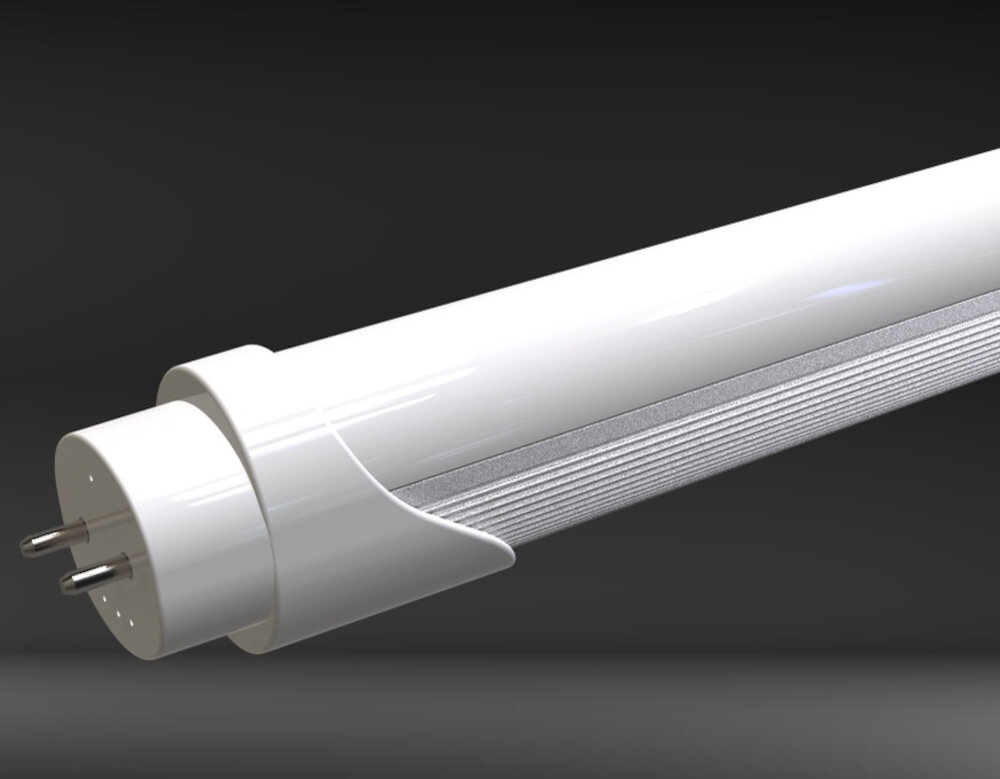
When it comes to choosing the right SMD LED lights, there are a few key factors to consider. First and foremost, it’s important to determine the purpose of the lighting. Will it be used for ambient lighting, task lighting, or accent lighting? Once the purpose is established, the next step is to consider the color temperature and brightness level. Color temperature is measured in Kelvin and can range from warm white (around 2700K) to cool white (up to 6000K). Brightness is measured in lumens and can range from a few hundred lumens to several thousand lumens, depending on the application. It’s important to choose the right color temperature and brightness level to achieve the desired effect. Another important factor to consider when choosing SMD LED lights is the size and shape of the fixture. SMD LEDs are available in a variety of sizes and shapes, from small surface-mount chips to larger modules and strips. The size and shape of the fixture will depend on the application and the desired lighting effect. In addition, it’s important to consider the power requirements of the SMD LED lights. SMD LEDs are highly efficient, but they still require a certain amount of power to operate. The power requirements will depend on the size and brightness of the LEDs, as well as the number of LEDs in the fixture. By considering these factors and choosing the right SMD LED lights for the application, it’s possible to achieve a high-quality, energy-efficient lighting solution that meets your needs and exceeds your expectations.
When selecting SMD LED lights, there are several factors that need to be taken into consideration. Firstly, one must consider the luminous efficacy of the LED. A high luminous efficacy will ensure that the SMD LED light is bright enough and efficient in producing light. Secondly, the color rendering index (CRI) of the LED should be considered. A high CRI will ensure that the colors of objects illuminated by the SMD LED light are accurately represented. The color temperature of the LED is also an important factor to consider as it can impact the mood and ambiance of a space. Another important factor is the beam angle of the LED, which determines the spread of light. Finally, it is important to consider the size and shape of the SMD LED light as it should be compatible with the fixture it will be installed in.
When choosing SMD LED lights, it is important to consider several factors to ensure that you get the best lighting solution for your needs. First, look for lights with high luminosity and color rendering index (CRI) to ensure that they produce bright and accurate colors. Consider the color temperature of the lights as well, as this can affect the mood and ambiance of your space. Additionally, check the wattage and voltage of the lights to ensure that they are compatible with your fixtures and wiring. Finally, consider the lifespan and durability of the lights, as well as their energy efficiency and environmental impact. By considering these factors, you can choose the best SMD LED lights for your needs, whether you are lighting a home, office, or industrial space.
SMD LED lights are a type of compact lighting technology that offers a range of benefits over traditional lighting options. These lights are designed with small, surface-mounted diodes that provide high levels of brightness and energy efficiency. SMD LED lights are available in a variety of sizes and shapes, making them versatile and easy to install in a range of applications. Some of the primary benefits of SMD LED lights include their long lifespan, low power consumption, and ability to produce a range of colors and brightness levels. Additionally, these lights are highly durable and resistant to shock and vibration, making them ideal for use in rugged environments. Overall, SMD LED lights offer a powerful and efficient lighting solution that is well-suited for a range of applications.
In conclusion, SMD LED lights have already proven to be a game-changer in the lighting industry. Their efficiency, durability, and versatility make them an ideal choice for various lighting applications. With the continuous advancement in technology, the potential of SMD LEDs is limitless, and we can expect to see more exciting developments in the future. From smart lighting systems to flexible displays, the possibilities are endless. As we move towards a more sustainable future, SMD LED lights will undoubtedly play a significant role in reducing energy consumption and carbon footprint. Overall, SMD LED lights are a promising technology that offers a brighter, more efficient, and more sustainable future for lighting.
Conclusion
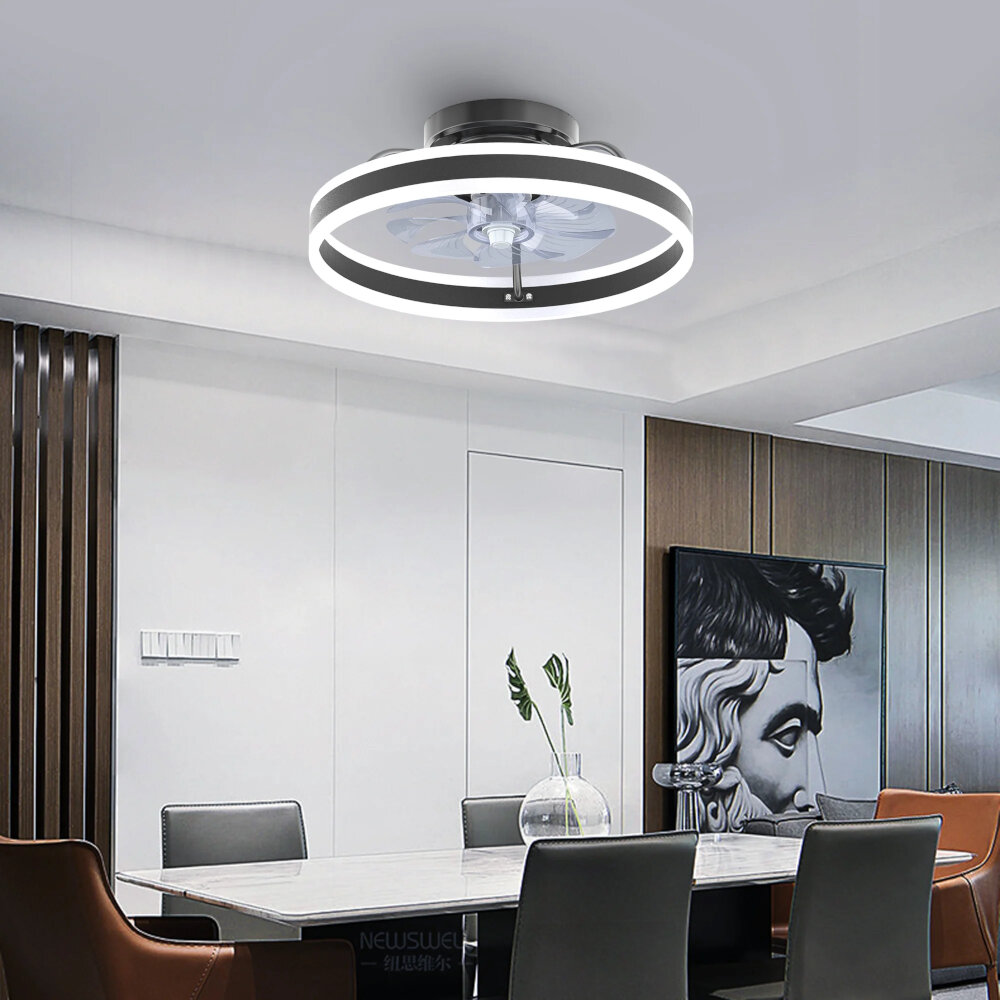
In conclusion, SMD LED lights are a highly versatile and efficient lighting technology that has revolutionized the lighting industry. They are compact, energy-efficient, and have a longer lifespan compared to traditional lighting solutions. Their ability to emit bright light while consuming less power has made them a popular choice in residential, commercial, and industrial settings. With a deeper understanding of the basics of this technology, consumers can make informed decisions when purchasing SMD LED lights for their lighting needs. It is clear that SMD LED lights are the lighting solution of the future, and their popularity is only set to grow in the coming years.


